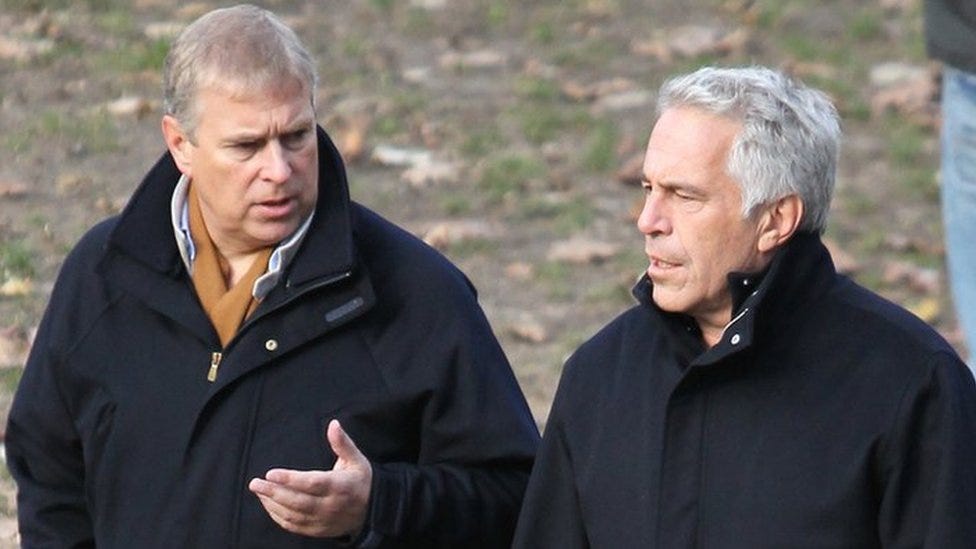Prince Andrew, No-More
Unprecedented Removal of ‘His Royal Highness’ and What It Means for the Crown
King Charles III has initiated a formal process to strip Prince Andrew of his royal titles, including the style “His Royal Highness” and the title of “Prince,” in a dramatic and historically unprecedented move to permanently sever his brother from public royal life.
Buckingham Palace announced Thursday that the 65-year-old will now be known publicly as Andrew Mountbatten-Windsor. The king has begun the legal and ceremonial process to remove his brother’s remaining titles, peerages and honors. That includes the Dukedom of York, which Andrew said he would stop using on Oct. 17, 2025, but still held officially until Thursday’s announcement.
The move marks the latest and most decisive step in a years-long downfall, seeking to distance the Crown from the reputational damage caused by Andrew’s association with the late convicted sex offender Jeffrey Epstein.
The decision comes just weeks after the publication of a posthumous memoir by Virginia Giuffre, who accused Andrew of sexual assault — allegations he has repeatedly and vigorously denied.
“His Majesty has today initiated a formal process to remove the Style, Titles and Honours of Prince Andrew,” a palace statement said. “These censures are deemed necessary, notwithstanding the fact that he continues to deny the allegations against him.”
The palace also confirmed that Andrew will step away from his longtime residence, Royal Lodge on the Windsor estate and move to private accommodation.
Previously, Andrew was pressured by his mother, the late Queen Elizabeth II, to stop using his HRH style in any official capacity in January 2022. At that time, he was also stripped of his military affiliations and royal patronages.
However, Thursday’s announcement represents the first formal step toward removing the titles themselves, not just restricting their use.
The king’s decision is one of the strongest actions taken against a senior royal in modern history. Experts see it as a necessary step for the royal family to protect itself and its brand.
“This isn’t just a family drama; it’s about the country’s system,” said royal historian Dr. Anna Whitelock. “The king has acted as head of state, not as a brother. He is protecting the monarchy from a problem that became a serious danger to its dignity and public support.”
This kind of move has almost never happened before. The last time a British-born prince lost his titles was in 1919, when King George V used a special law to take titles from relatives who had sided with Germany during World War I.
Other royals have lost the “HRH” style. Diana, Princess of Wales, and Sarah, Duchess of York, lost theirs after their divorces.
Most recently, Prince Harry and Meghan agreed to stop using their “HRH” styles when they left their royal roles.
But Andrew’s case is different because his titles are in the process of being formally and completely revoked.
By losing his titles, Andrew’s public role as a royal is effectively gone. Many believe this shows King Charles wants a smaller and more accountable royal family. He has strong support from his son, Prince William, who reportedly saw his uncle as a continued risk to the family’s image.
The action was praised by political figures. U.K. Culture Secretary Lisa Nandy called it a “brave, important and right step” that sends a “powerful message” to victims of abuse.
Sigrid McCawley, a lawyer who represented Giuffre, called the king’s decision a “tipping point” and said, “The voice of Virginia Giuffre has changed history.”
Even without his titles, Andrew remains eighth in line to the throne. His place in the line of succession is determined by law and can only be removed by an Act of Parliament.
The move ends a long and painful chapter for the royal family. By taking action against his brother, King Charles showed that protecting the monarchy matters more than family ties.



